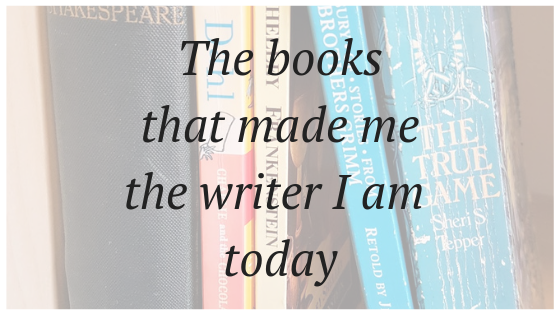My bumpy road to publication: a cautionary tale
Asking ‘how long does it take to write a book?’ is almost the same as asking ‘how long is a piece of string?’. Or at least it was for me. I began to write Haven Wakes in its current form as a children’s novel back in 2013 under the title Read more…





